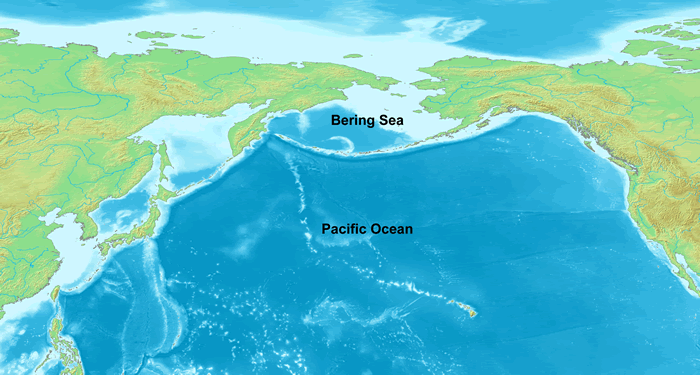The Vanishing Mangroves of the Sundarbans – Nature’s Shield Under Siege: If you’ve ever stood at the edge of the Sundarbans during high tide, you’ll understand why locals call the mangroves their “shield.” The dense, knotted roots rise like a fortress from the water, breaking the force of the waves, holding the earth together, and sheltering life in ways that are almost invisible to the casual eye. But this shield is wearing thin — and for millions who live in its shadow, that’s a terrifying thought.
A Land Between Land and Sea
The Sundarbans is not just a forest; it’s a living, breathing puzzle of land, water, and tide. Sprawling across India and Bangladesh, this delta is where the Ganges, Brahmaputra, and Meghna rivers meet the Bay of Bengal. It is the world’s largest mangrove forest, a UNESCO World Heritage Site, and home to an extraordinary array of life — from saltwater crocodiles to the elusive Royal Bengal tiger.
Mangroves here aren’t just trees. They are an entire ecosystem, thriving in salty, shifting waters where few other plants could survive. Their roots trap sediment, prevent erosion, and create nurseries for fish, crabs, and countless species that feed millions of people. For coastal villages, the mangroves are not scenery — they are survival.
The Silent Disappearance
Over the last few decades, the Sundarbans have been losing their mangrove cover at an alarming pace. Satellite images tell the story plainly: each year, strips of green vanish into the grey of the sea. Climate change is a major culprit — rising sea levels, intensified cyclones, and saltwater intrusion are eating away at the forest’s edges.
But it’s not just nature. Human pressures have been relentless: land reclamation for farming, unregulated fishing, timber extraction, and the spread of settlements have all pushed the forest back. In some areas, protective embankments built to shield farmland have cut off tidal flows, slowly killing mangrove roots from within.
Why Losing Them Is Dangerous for All of Us
When Cyclone Amphan slammed into the Sundarbans in 2020, the mangroves absorbed much of its fury before it could reach Kolkata and other inland towns. Even so, the storm caused billions in damages. Without the mangrove belt, the devastation would have been far worse.
Mangroves act like giant shock absorbers, dissipating wave energy and reducing flooding. They store vast amounts of carbon — far more per hectare than tropical rainforests — making them critical in the fight against climate change. Losing them doesn’t just endanger local communities; it accelerates global warming and weakens one of our best natural defenses against extreme weather.
The People of the Tide
For the people who live here, the mangroves are more than just protection from storms — they are woven into daily life. Honey collectors venture deep into tiger territory to gather wild honey. Fishermen set their nets in narrow creeks at dawn. Women collect firewood and medicinal plants from the forest edges.
These are not easy lives. Tides can change in minutes, crocodiles lurk under the water, and the forest itself is a constant test of patience and skill. Yet, for generations, these communities have lived in a delicate balance with their environment. That balance is now breaking.
A Fight to Hold the Line
Conservationists, scientists, and local groups are working to halt the decline. In some villages, mangrove nurseries have been set up to replant degraded areas. Schools teach children how to plant and care for saplings. Government projects aim to restore tidal flows by redesigning embankments.
But restoration is slow and fragile work. A single cyclone can undo years of planting. Without tackling the root causes — including unchecked development and global carbon emissions — these efforts will always be racing against the tide.
What We Stand to Lose
To stand in the Sundarbans at sunset is to witness something rare: the quiet hum of life in balance. Mudskippers leap between roots, herons stand like statues in the shallows, and the forest breathes with the rhythm of the tide. The air smells of salt and earth, and everything — from the soil underfoot to the far horizon — feels alive.
If the mangroves vanish, we don’t just lose a forest. We lose a way of life, a natural barrier that has protected countless generations, and one of the planet’s most powerful carbon sinks. We lose a partner in our own survival.
A Call That Cannot Wait
The Sundarbans mangroves have been patient guardians for centuries. They have bent with the wind, risen with the tide, and healed themselves after storms. But they cannot endure endless assault. Protecting them means protecting millions of people, countless species, and the delicate balance between land and sea.
The question is not whether we can afford to save the Sundarbans. The question is whether we can afford not to. Because when the shield falls, the wave doesn’t ask who is ready — it simply comes.




